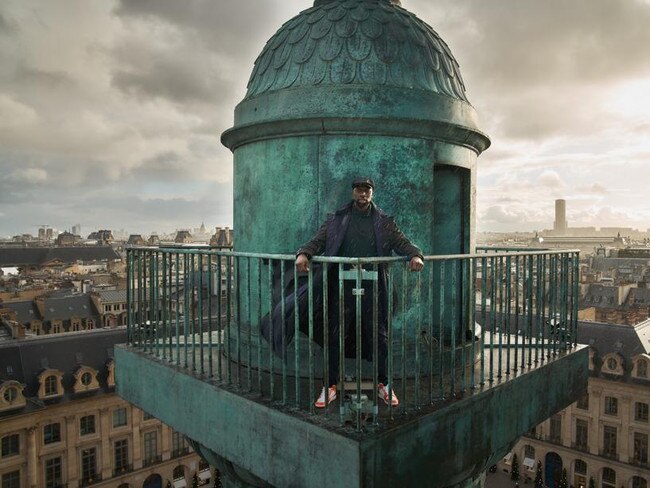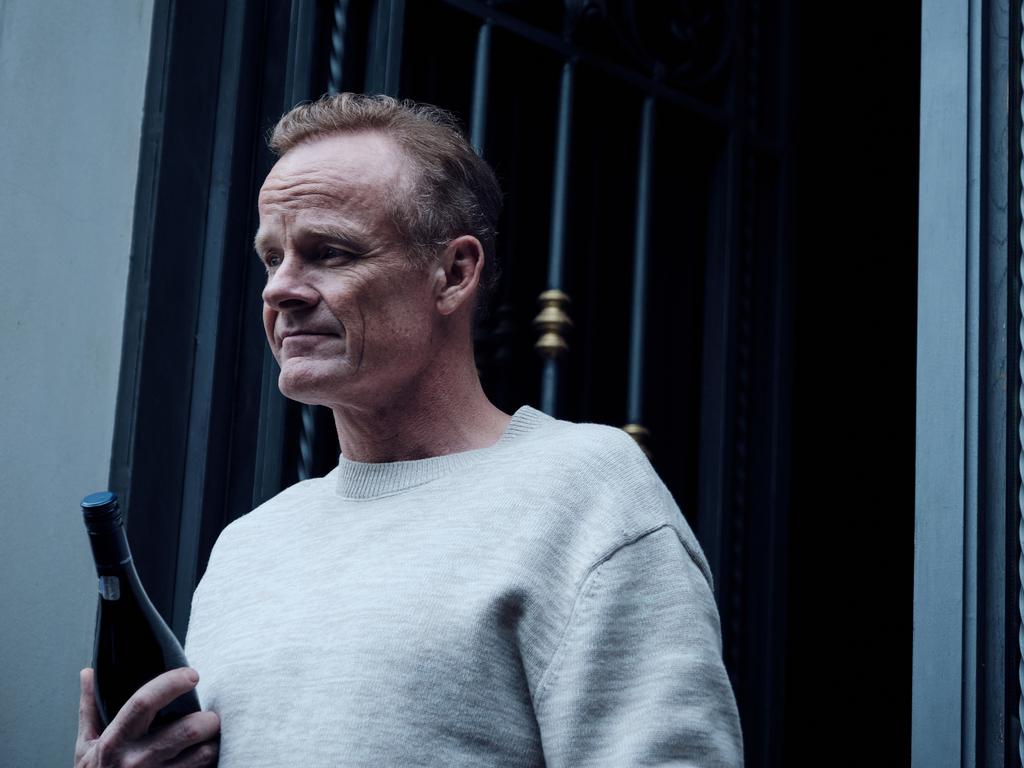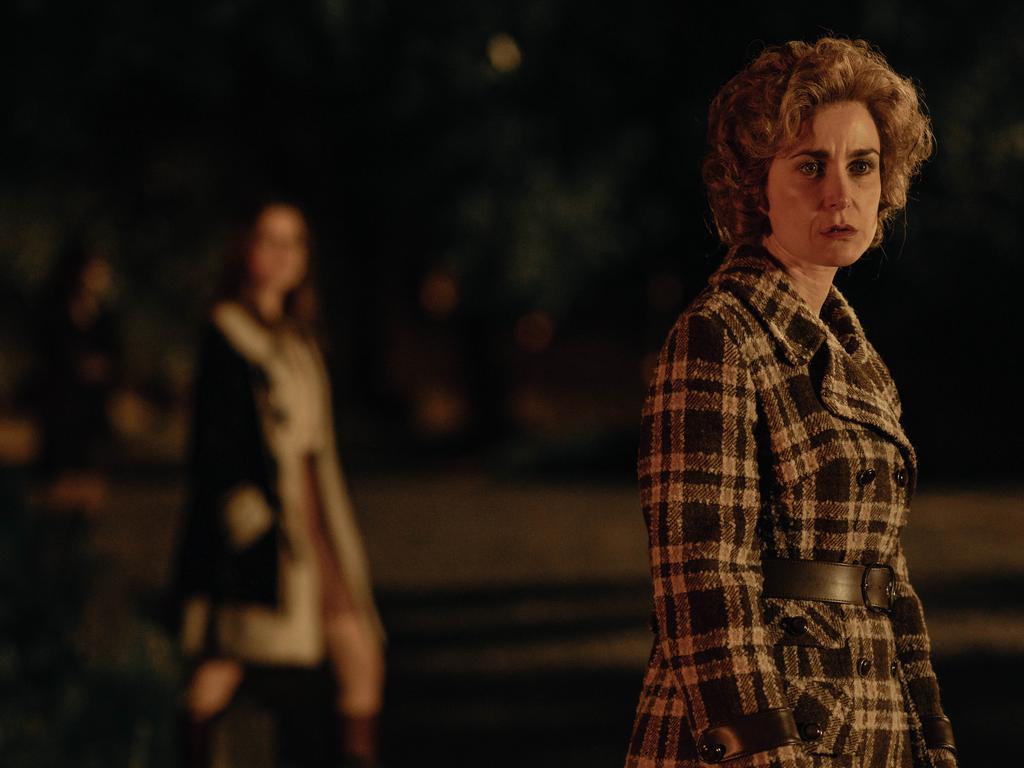Why season 3 of Lupin could be the best yet
Humour, suspense, crime and mystery combine in one of the best shows on television.

If you haven’t yet watched the French series Lupin, the nail-biting Netflix thriller, you’ve been missing out on some classy entertainment; slick and polished, it’s the ideal way to suspend disbelief for a couple of hours and soak up one of the best shows on TV.
The third season is with us and it’s another chance to luxuriate in the dash and spirit of its stylish star Omar Sy, whose impudence and undeniable charm have made him one of the biggest stars around. There’s also a strong anti-authoritarian element to his performance as Assane Diop, a modern version of the charming gentleman thief of early 20th century literature called Arsene Lupin.
It hovers just beneath his derring-do and emerges at the most crucial moments of the storylines. The show is also a critique of racism, systemic bigotry, class struggles and the legacy of colonialism in France.
Diop calls him “Just a normal guy fighting the establishment and having kind of a Robin Hood spirit”. But his dazzling acts of criminality, in the early scenes of the series at least, are really designed to seek revenge for the wrongful conviction and death of his father (Fargass Assande).
As a kind of tribute, Diop’s adventures are carried on in the shadow of the gentleman burglar imagined by Maurice Leblanc, a book of whose gallant antics are given to a young Diop by his father on his birthday.
He was a hardworking Senegalese immigrant framed for the theft of a diamond necklace by the shameful and conniving billionaire Hubert Pellegrini (Herve Pierre) when Diop was a child. As Sy says, the social message is not overt; the team of creators wanted “to integrate it into the intrigue, and to play around with it, rather than just make a statement,” he told the New Yorker. But it’s strongly felt, nonetheless.
The series was created by experienced French writer Francois Uzan and the suddenly ubiquitous George Kay, whose Criminal, the Netflix procedural crime series that in fact covers four European countries using the same format, and Apple’s Hijack, the cracking Idris Elba thriller, are still available on the streamers. Kay has an enviable ability to work across genres with both inventiveness and narrative authority.
The concept for the story originated in the crime mysteries of Monsieur LeBlanc. Epitome of the Belle Epoque dandy, Lupin, France’s most famous gentleman thief, first appeared in a short story published in July 1905 in the magazine Je Sais Tout (“I know all”) and quickly became a sensation as well as an archetype declared at the time by one fashionable magazine as “dernier cri”, the latest fashion.
The story goes that in 1905, a magazine editor asked Leblanc to contribute a story of adventure along the lines of Sherlock Holmes. Leblanc later said that he sat down without an idea in his head and found Arsene Lupin on the page, a character who united the traditions of gentleman rogue and heroic adventurer. Somehow Leblanc cottoned onto the notion that in the classical detective story the archetype of mystery had become the most popular way of both fantasising about crime.
From 1905 to 1939, Leblanc wrote him into seven novels and 39 novellas and co-authored several plays featuring his hero. He turned the monocled Lupin into a venerable mainstay of French culture, appearing in films, TV shows, even crossing to Hollywood in the 1930s and to Japan in the late 1970s in Miyazaki Hayao’s feature action-comedy adaptation Lupin the Third.
Like Leblanc’s original – Jean-Paul Sartre once confessed of his youthful reading, “I adored the Cyrano of the underworld, Arsene Lupin” – Diop’s adventures and outrageous capers are melodramatic, literate, and spark with amusing banter. But while he practices his burglaries with charm and a sense of mischief, they are given extra dimension in storytelling terms because of Assane’s race. “They saw us, but they didn’t look at us – you know how it goes,” he says of the way Parisians regard black immigrants, a constant refrain.
He criminally penetrates the Establishment, robbing from within, often heisting assets acquired illegally or immorally. His acts symbolise his toughness and his ability to survive. He achieves his escapes with minimal cost and maximum pleasure, retaining the world’s most important benefits – self-esteem, respect, and popularity.
Kay says that when approached by Netflix to do a show about Lupin, “whatever that might be”, with Sy, a huge star already in France, already attached to the role, no one yet had a take on the production. (Sy’s movie Intouchables had been a huge success.)
“So, I was really considering both of those cultural forces and trying to work out how we match them up,” he says. “Something from French history that’s much loved and how to put that together with someone who’s very modern, a symbol of modern France, and much loved.”
But he quickly saw parallels with characters from British literature, the similarities intriguing him. “In the UK, we have Sherlock Holmes. I grew up liking Tintin. We know about Raffles, Scarlet Pimpernel, and their adventures. So even though I didn’t know Maurice Leblanc’s books, I recognised where he sat in that landscape. And so I was able to kind of pull out the things I loved most about those books, and those stories, and those tricks, and apply it through a modern ‘Omar filter’.”
Then, as writer, he was faced with a kind of conundrum, given the literary conceit at the centre of Lupin. He believed that he couldn’t adapt the heists or tricks directly from the novels, since the literature exists within the framework of the series.
“We’ve got to be careful about where fiction within our fictional show exists, where that line crosses over into just our show,” he says. He had to find a way to accommodate “the idea of the intellectual property sitting as a character within the show”. It’s complex but works effortlessly in the show.
The third season begins a year on from the triumphant conclusion to the original storyline that sees Diop finally find vengeance when the dastardly Pelligrini is taken by the cops from the fundraising concert from which he intended to embezzle money from rich donors. It takes place at the Theatre du Chatelet in Paris – where the first Arsene Lupin stage play was performed in the early part of the 20th century. There, Diop takes to the concert stage to reveal all to the theatregoers and then triumphantly flees the scene down the River Seine.
Now, 12 months later, he’s hiding in Marseille, living with his dog, J’accuse, in a rundown apartment. He’s now a folk hero to the French, but fingers of blame are directed towards his wife Claire and son Raoul, who claim to know nothing.
Diop returns to Paris in an attempt to somehow reconnect, having already booked a one-way ticket for them to escape from France, but Claire will have none of it.
He decides to finally disappear after staging one last heist, the Big Stunt. “If I have to vanish, I may as well go out with a bang,” he says. He aims to steal Arii Poerava, The Black Pearl, internationally famous as the jewel that ended the Franco-Tahitian War in 1847 – and do it by alerting the whole of France to the exact date of this piece of magic.
He leaves the cops the name Michael Beaumont, the same moniker as in LeBlanc’s The Crystal Stopper. The heist is built around Diop’s cherished sleight of hand: “The bigger the lie, the more they buy it.” And is performed in front of a huge crowd of not only police officers but Diop worshippers in the streets. They gather in the beautiful Place Vendome, built by Louis XIV with its bronze column made from 1200 enemy cannons, its vast stream of window displays filled with sparkling diamonds.
It’s great fun, propulsively directed by Ludovic Bernard, who learned his action tricks from master Luc Bresson as his assistant on many movies. The central story is again intercut with flashbacks to Diop’s childhood, a kind of origin story told at the same time. Paris is again the supporting character, and composer Mathieu Lomboly provides the irresistible score, classical moments intercutting with contemporary beats that echo like sounds of the city.
Lupin is streaming on Netflix.






To join the conversation, please log in. Don't have an account? Register
Join the conversation, you are commenting as Logout